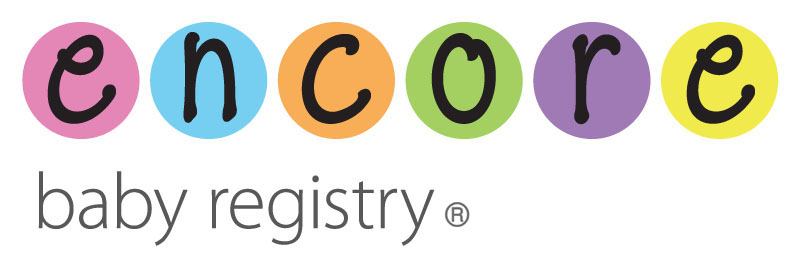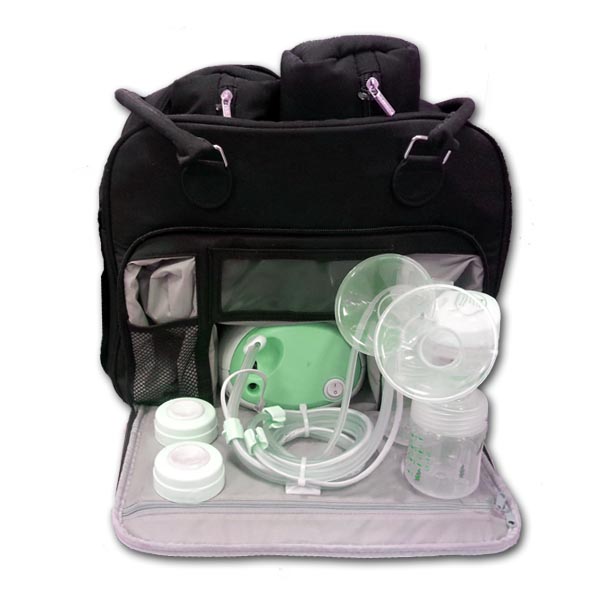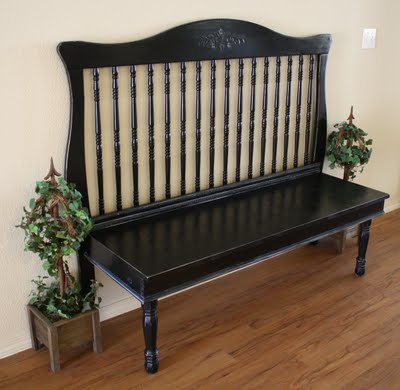Safety Considerations for Secondhand Breast Pumps
Thanks to the Affordable Care Act that went into effect in August of 2012, most health insurance plans are now required to provide breastfeeding equipment and counseling for pregnant and nursing women. Learn more about getting a free breast pump.
The re-use of electric breast pumps is a hotly debated topic. It is up to each individual to decide whether or not to use a secondhand pump. To help you make an informed decision, we have summarized information about breast pump regulations, breast pump system types and used breast pump safety, as well as provided a chart with detailed information about various breast pump brands and models.
Only breast pumps that are designed for multiple users should be used by more than one person. With the exception of multiple user pumps, the FDA considers breast pumps to be single-user devices. That means that a breast pump should only be used by one woman because there is no way to guarantee the pump can be cleaned and disinfected between uses by different women.
Breast pumps that are reused by different mothers can carry infectious particles, which can make you or your baby sick.
Buying a used breast pump or sharing a breast pump may be a violation of the manufacturer’s warranty and you may not be able to get help from the manufacturer if you have a problem with the pump.
For more information, visit: Are Used Breast Pumps A Good Option?
What is a Hospital-Grade Pump?
Closed System vs Open System
What About Closed System Single User Pumps?
How Long Do Breast Pumps Last?
Breast pumps have lifespans and intended uses that vary by model and manufacturer. Whether you are planning to use a secondhand breast pump or a new breast pump, take into consideration how often you plan to pump (exclusively–pumping for every feeding, while at work, or for an occasional night out) and for how many months/years. For secondhand breast pumps, the amount of use from previous owner(s) should also be factored. Some breast pump manufacturers offer charts comparing the intended uses and lifespans of their various models. This information can also be found in some product manuals, which are often available on manufacturers’ websites.
Our Final Thoughts
- It appears that the FDA does not have clear regulations defining single-user and multiple-user electric breast pumps and it is up to breast pump manufacturers to decide whether to market their products as single-user or multiple-user. This means that two different pumps with identical designs could be labeled in two different ways, one as single user and the other as multiple-user, depending on the marketing decision(s) of the manufacturer(s).
- Open system pumps can allow breast milk and moisture into the breast pump motor, which can lead to the growth of bacteria and mold inside the pump. This brings into question the safe lifespan, even for a single user, of single-user open system pumps, which are built so that they cannot be taken apart and sterilized.
- Closed system breast pumps do not allow milk to touch pump motor, but they do involve parts that touch or have the potential to touch breast milk (flanges, valves, tubing–depending on where the diaphragm or filter is located, etc.). These parts can usually be bought separately and are often sold as accessory kits.
- Closed systems are not 100% foolproof. Depending on the design of the breast pump, user error like improper assembly or using broken/torn parts can potentially allow breast milk to get past the protective diaphragm or filter and into the tubing or pump motor.
The table below includes information about a variety of double electric breast pumps. It includes the EnJoye pump by Hygeia and Spectra Baby USA’s** pumps; the only pumps we have found that are designated for multiple users while still being marketed and priced to be bought by individual mothers. If you are trying to find information for a pump not included, the manual (usually available on the manufacturer’s website) will most often state if the breast pump is an open or closed system, if it is intended for multiple users, and if the warranty will be voided if the pump is transferred or sold to another user.
Double Electric Breast Pump Comparison Chart
| Manufacturer | Models | Open vs Closed System | Single User or Multiple User | Warranty voided if more than one user? | Other Information |
|---|---|---|---|---|---|
| Ameda | Purely Yours® Purely Yours Ultra™ Lactaline™ | Closed System | Single User | Yes, voided | |
| Ameda | Ameda Elite™ Ameda Platinum™ | Closed System | Multiple User | Not voided | Pumps cost upwards of $900. Usually purchased by hospitals & service providers to rent to customers. Each user uses their own set of accessories. |
| Avent | Comfort Double | Closed System | Single User | Yes, voided | |
| The First Years | Breastflow® Memory Pump | Open System | Single User | Yes, voided | |
| The First Years | Breastflow® miPump | Open System | Single User | Yes, voided | |
| Hygeia | EnJoye™ | Closed System | Multiple User | Not voided | Each user uses their own set of accessories. Pump is priced for and marketed to individual mothers. |
| Hygeia | EnDeare | Closed System | Multiple User | Not voided | Pumps cost upwards of $900. Usually purchased by hospitals & service providers to rent to customers. Each user uses their own set of accessories. |
| Lansinoh | Affinity® & Affinity® Pro™ | Closed System | Single User | Yes, voided | |
| Medela | Pump In Style® | Open System | Single User | Yes, voided | |
| Medela | Freestyle® | Likely Closed System* | Yes, voided | ||
| Medela | Symphony® | Closed System | Multiple User | Not voided | Pumps cost upwards of $1,000. Usually purchased by hospitals & service providers to rent to customers. Each user uses their own set of accessories. |
| Playtex | System Petite | Closed System | Single User | Yes, voided | |
| Spectra Baby USA | S1 S2 | Closed System | Soon to be Multiple User** | Not voided | Each user uses their own set of accessories. Pump is priced for and marketed to individual mothers. |
| Spectra Baby USA | Dew 350 | Closed System | Single User** | Not voided | Each user uses their own set of accessories. Pump is priced for and marketed to individual mothers. |
*The Medela Freestyle double electric breast pump appears to be designed as a closed system, with a diaphragm between the milk collection system (bottles, breast shields, etc.) and tubing. We contacted Medela in 11/2013 to verify the system type and they stated that they do not designate their breast pumps as open or closed systems.
**We contacted Spectra in 11/2013 and learned that Spectra’s S1, S2 and Dew 350 breast pumps are classified as single user pumps, but Spectra stated that they are in the process of changing the status of the S1 and S2 to multiple user. Regardless of the user classification (multiple user or single user), Spectra states that all of their electric breast pumps are safe to use with multiple users, as long as each user has their own accessory kit (breast shield, tubing, etc.). Spectra’s breast pump warranties are not voided if the pumps are used by more than one user.






